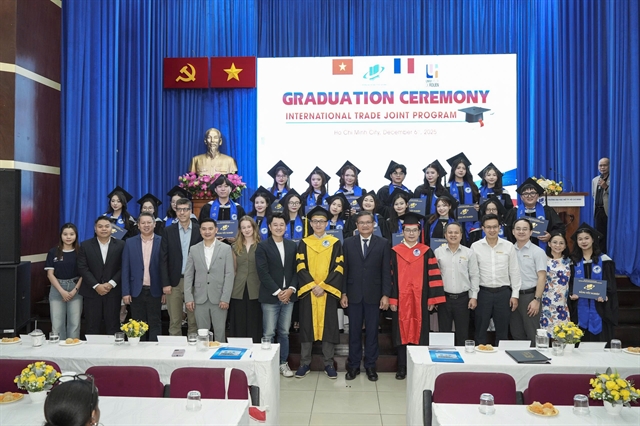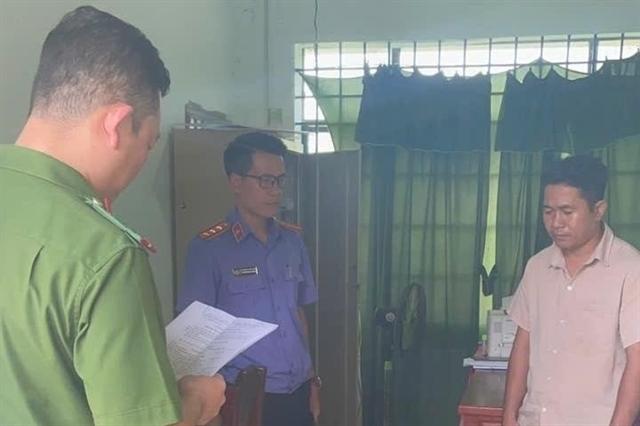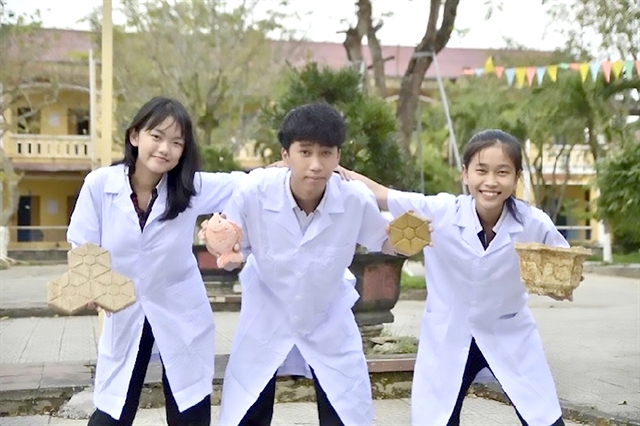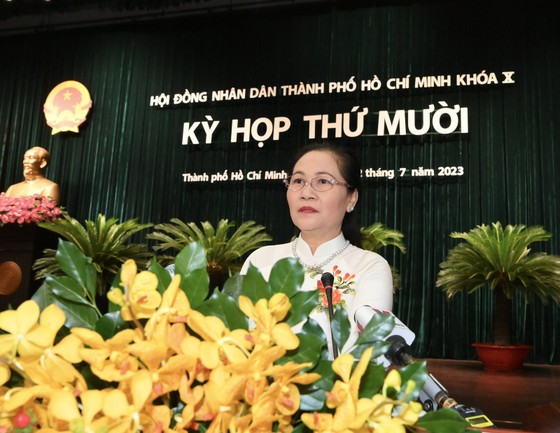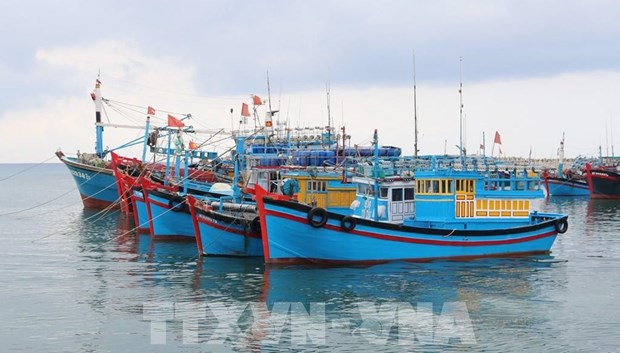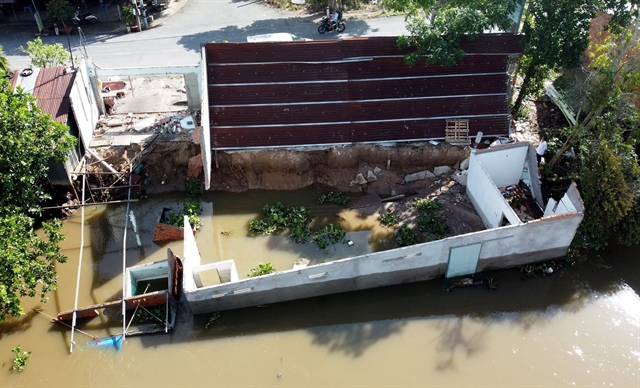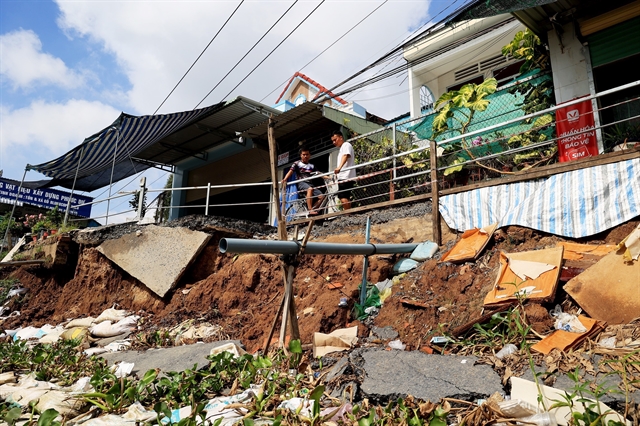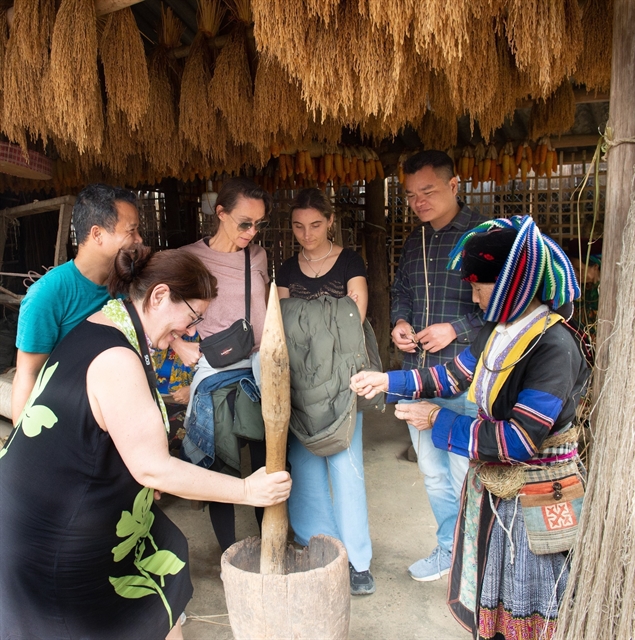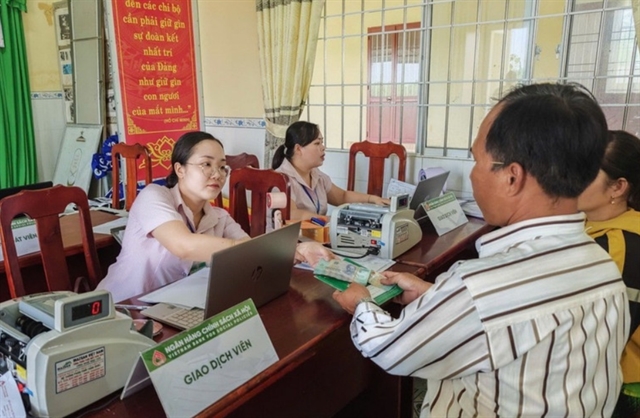
 |
| Võ Nguyên Giáp Road that crosses Đông Anh and Sóc Sơn districts of Hà Nội. — VNA/VNS Photo Huy Hùng |
HÀ NỘI — Hà Nội is planning the inauguration of two new cities to the north and west of the Red River with a total population of 4.45 million people by 2045.
The development of the two new cities was mentioned in a proposal that the People’s Committee of Hà Nội has sent to its People’s Council on planning in the capital by 2045.
The city west of the Red River, which now includes Hòa Lạc and Xuân Mai, is poised to become a centre of advanced science, technology, education and training systems.
The city will cover a total area of 251sq.km and have a population of 1.2 million by 2045. The inner city will be 135sq.km with a population of 1.08 million people and the suburban areas will take up 116sq.km.
Hòa Lạc will serve as a hub for science and technology, as well as high technology, and a centre for high-quality training and education. It will house research centres; universities; laboratories; and digital technology companies, as well as artificial intelligence firms, and a technology transfer centre.
There will be priority policies to attract high-quality workers and businesses to work and live here.
Xuân Mai will be a research centre and offer educational support services including a hub to support startups, community laboratories, and services centres.
Part of this area will house a research and development centre for biochemical products for Hà Nội, the Red River Delta region, and the northern midlands and mountainous region.
Meanwhile, the city to the north of the Red River which now embraces Đông Anh, Mê Linh and Sóc Sơn districts will serve as a smart, service economy with a focus on international integration.
The total area of the city will be 633sq.km with a population of 3.25 million people by 2045.
This will be the gateway to the capital and located in the Côn Minh - Lào Cai - Hà Nội - Hải Phòng - Quảng Ninh economic corridor.
Parts of this city will allow the development of modern high-rises while still taking into account the preservation of relics such as Cổ Loa.
This city, along with surrounding industrial zones, will become a commercial and logistics centre for international freight forwarding.
The capital city Hà Nội now covers an area of 3,359.82sq.km. It consists of 12 urban districts, one town and 17 rural districts. — VNS

